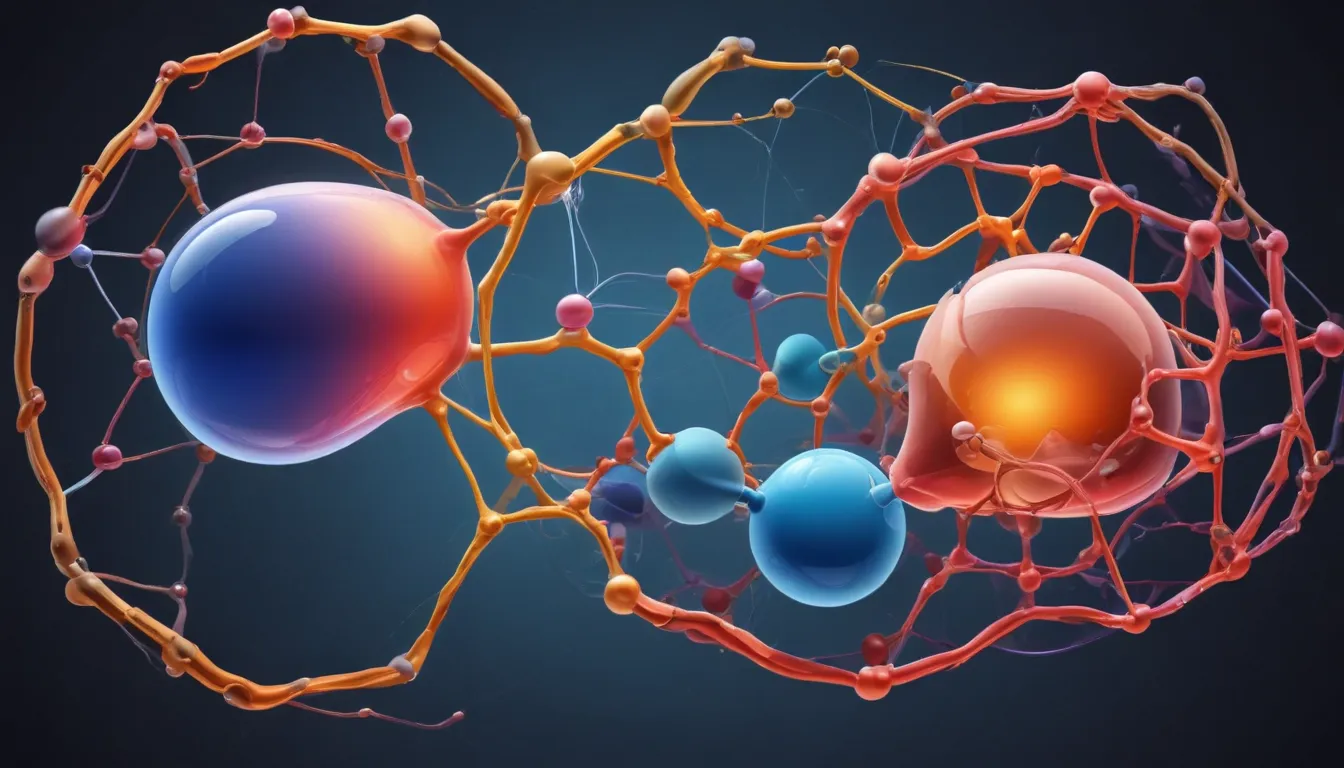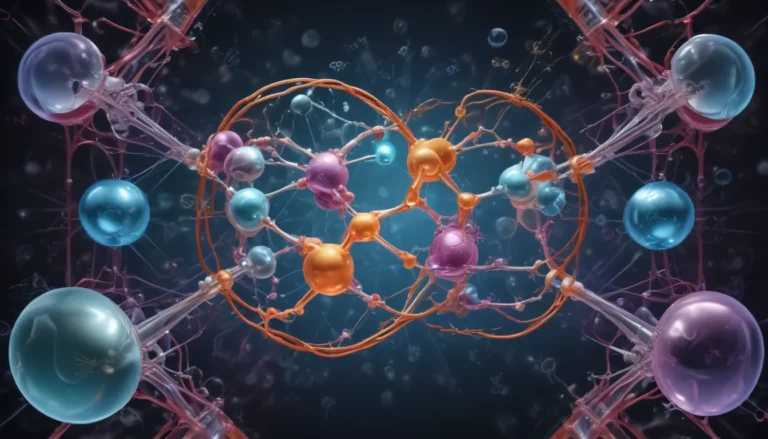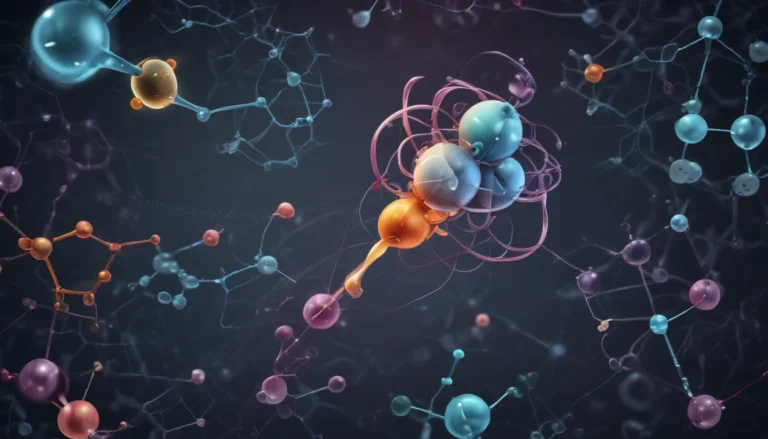A Note About Images: The images used in our articles are for illustration purposes only and may not exactly match the content. They are meant to engage readers, but the text should be relied upon for accurate information.
Welcome to the intriguing world of covalent bonds, where atoms come together to form strong connections that shape the molecules we encounter every day. Covalent bonds play a crucial role in chemistry, influencing the properties and behaviors of substances, and contributing to the foundation of countless biological processes. Join us as we delve into the astonishing facts about covalent bonds, from their strength and flexibility to their impact on molecular structures.
Understanding Covalent Bonds
Covalent bonds are formed when two nonmetal atoms share one or more pairs of electrons, allowing them to achieve a stable electron configuration. These bonds are incredibly strong, resulting in the formation of stable molecules. Electronegativity, the difference in atom’s electronegativities, determines the polarity of covalent bonds. If electrons are shared equally, the bond is nonpolar; otherwise, it is polar.
The Diversity of Covalent Bonds
Multiple bonds can form between atoms through the sharing of more than one pair of electrons, creating double or triple bonds. These strong connections are essential in organic compounds, such as carbohydrates, lipids, proteins, and nucleic acids. From small diatomic molecules like oxygen to complex macromolecules like DNA, covalent bonds are found in a wide range of molecules.
Unique Characteristics of Covalent Bonds
Covalent bonds exhibit localized electron density, with electrons being localized between the two atoms, creating distinct regions of electron density. The flexibility of covalent bonding allows atoms to rotate or vibrate without breaking the bond. Additionally, the arrangement of covalent bonds determines the three-dimensional shape of a molecule, influencing its chemical properties and interactions.
The Role of Covalent Bonds in Biology
Covalent bonds play a vital role in biological processes, from the structure of DNA to the function of enzymes in metabolism. These bonds contribute to the shape of molecules and the directional alignment of atoms within a molecule. During chemical reactions, covalent bonds can be broken, allowing for the rearrangement and formation of new molecules.
Unveiling More Facts About Covalent Bonds
Continue your journey into the captivating realm of chemistry by exploring more intriguing facts about covalent radius and the essential role of hydrogen bonding in shaping our world. Covalent bonds form the foundation of life’s building blocks, creating molecules with incredible strength and flexibility. Delve further into the mysteries of chemistry to uncover the fascinating world of covalent bonds.
Conclusion
Covalent bonds are not just a fundamental concept in chemistry but a fascinating journey into the intricate structures that make up our world. From the strongest bond to the concept of resonating structures, covalent bonds continue to surprise and inspire scientists and enthusiasts alike. Next time you encounter a covalent bond, remember the remarkable role it plays in shaping our understanding of chemistry.
FAQs
Q: What is a covalent bond?
A: A covalent bond occurs when two atoms share one or more pairs of electrons to achieve a stable electron configuration.
Q: How are covalent bonds formed?
A: Covalent bonds are formed through the sharing of electrons between two atoms, allowing for a more stable electron configuration.
Q: Are covalent bonds strong?
A: Yes, covalent bonds can be very strong, depending on factors such as the types of atoms involved and the number of shared electrons.
Q: Can covalent bonds form between different elements?
A: Yes, covalent bonds can form between atoms of different elements, creating polar covalent bonds based on electronegativity differences.
Q: What are resonating structures?
A: Resonating structures are alternate representations of a molecule’s structure, describing electron delocalization in molecules with multiple bonding options.
Continue Your Exploration
As you embark on your journey of discovery in the world of chemistry, remember that covalent bonds are just the beginning. Stay curious, keep exploring, and uncover the wonders that chemistry has to offer. Enjoy the revelations and insights that come with each new fact and each new discovery. Chemistry is a vast and captivating field, waiting for you to explore its depths and uncover the mysteries that lie within. Dive in, learn, and be amazed by the incredible world of science that surrounds us.






